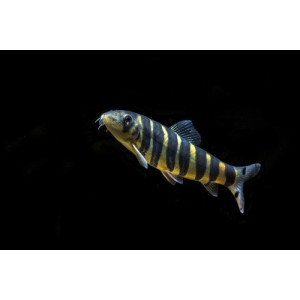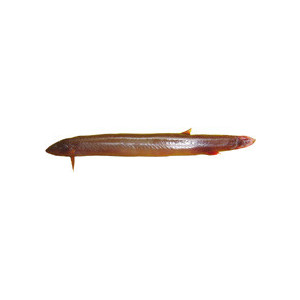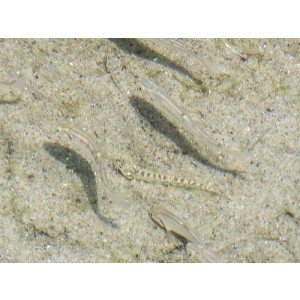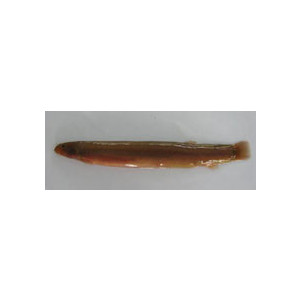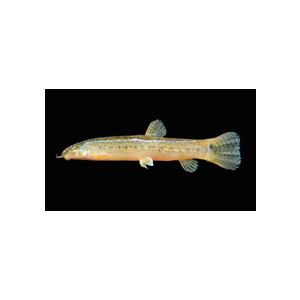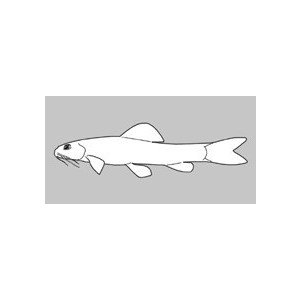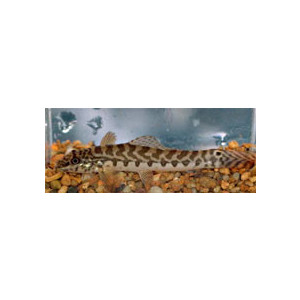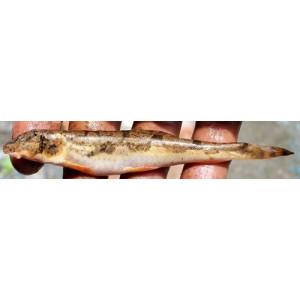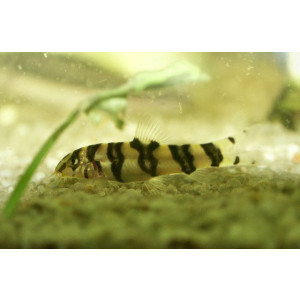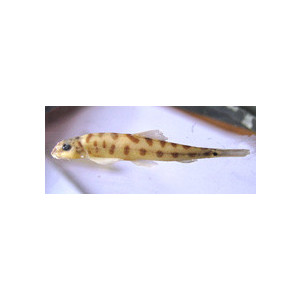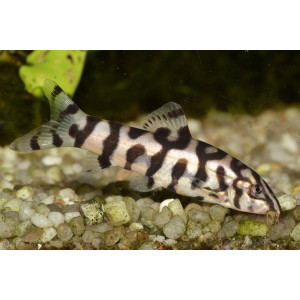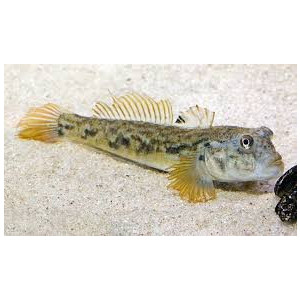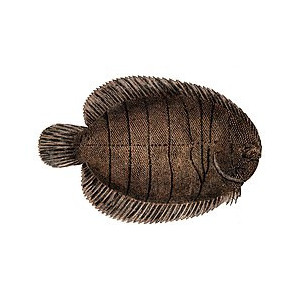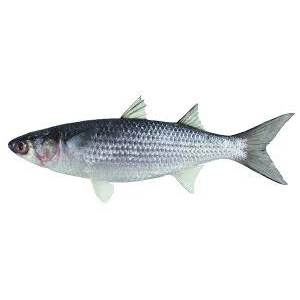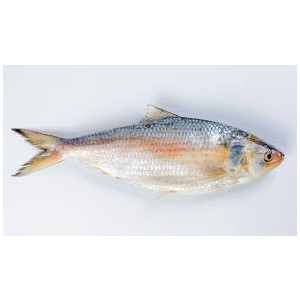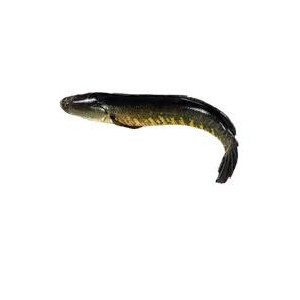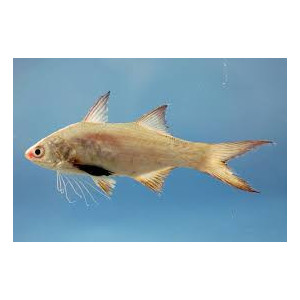Guntea Loach Did you see this animal?
Scientific Name : Lepidocephalichthys guntea
Family : Cobitidae
Order : Cypriniformes
Class : Actinopterygii
Phylum : Chordata
Other Name : Peppered Loach
Habitat : Freshwater,brackish water,flowing stream
Description : The Guntea loach typically reaches a size of about 2 to 3 inches (5 to 7.5 centimeters), making it a relatively small fish. Its body is elongated and slender, featuring a coloration that varies from pale yellow to brownish-gray, often with dark vertical bars or spots. The scales of this species are quite small and inconspicuous, contributing to its unique appearance.
One of the most striking features of the Guntea loach is its downturned mouth, which it uses to forage along the substrate of slow-moving or stagnant freshwater habitats. This fish is well-adapted to such environments and is often found in shallow streams, ponds, and rice paddies with muddy or sandy substrates.
Guntea loaches are known for their interesting behavior, including their habit of burrowing into the substrate. They use their mouths to dig into the substrate, creating burrows where they seek shelter and hunt for small invertebrates, such as insect larvae and tiny crustaceans. This behavior makes them a valuable addition to aquariums with suitable conditions, as they can help keep the substrate clean.
In terms of care, Guntea loaches are relatively hardy and adaptable, making them suitable for freshwater aquariums. However, they do best in environments that mimic their natural habitat, with sandy or fine gravel substrate, plenty of hiding places like rocks and driftwood, and subdued lighting. They are also social fish and thrive in groups, so keeping them in pairs or small shoals is recommended.
One of the most striking features of the Guntea loach is its downturned mouth, which it uses to forage along the substrate of slow-moving or stagnant freshwater habitats. This fish is well-adapted to such environments and is often found in shallow streams, ponds, and rice paddies with muddy or sandy substrates.
Guntea loaches are known for their interesting behavior, including their habit of burrowing into the substrate. They use their mouths to dig into the substrate, creating burrows where they seek shelter and hunt for small invertebrates, such as insect larvae and tiny crustaceans. This behavior makes them a valuable addition to aquariums with suitable conditions, as they can help keep the substrate clean.
In terms of care, Guntea loaches are relatively hardy and adaptable, making them suitable for freshwater aquariums. However, they do best in environments that mimic their natural habitat, with sandy or fine gravel substrate, plenty of hiding places like rocks and driftwood, and subdued lighting. They are also social fish and thrive in groups, so keeping them in pairs or small shoals is recommended.
Distribution in Bangladesh
References:
description written by: Zarin Tasnim, Department of Zoology,Universityof Dhaka; Information sources: www.fishbase.in, Encyclopedia of flora and fauna of Bangladesh(volume 23).photo credit and copyright:Biswas, Benoy Krishna ([email protected] ),www.fishbase.se. more information please contact with us.
description written by: Zarin Tasnim, Department of Zoology,Universityof Dhaka; Information sources: www.fishbase.in, Encyclopedia of flora and fauna of Bangladesh(volume 23).photo credit and copyright:Biswas, Benoy Krishna ([email protected] ),www.fishbase.se. more information please contact with us.

